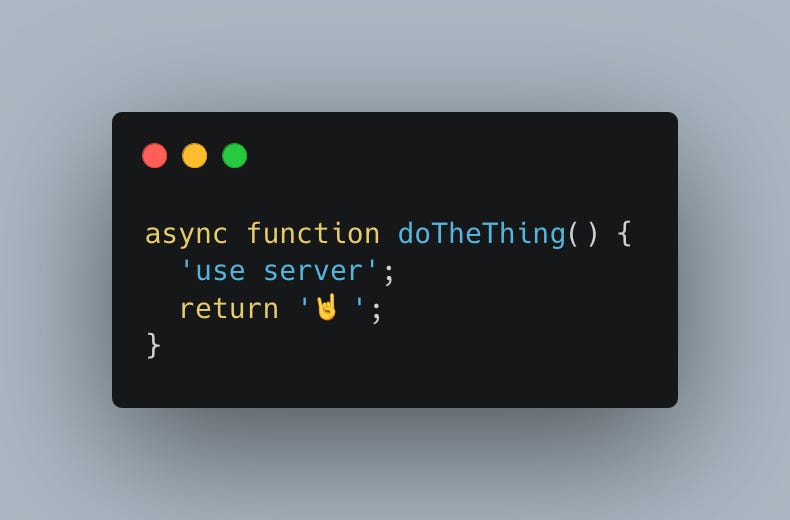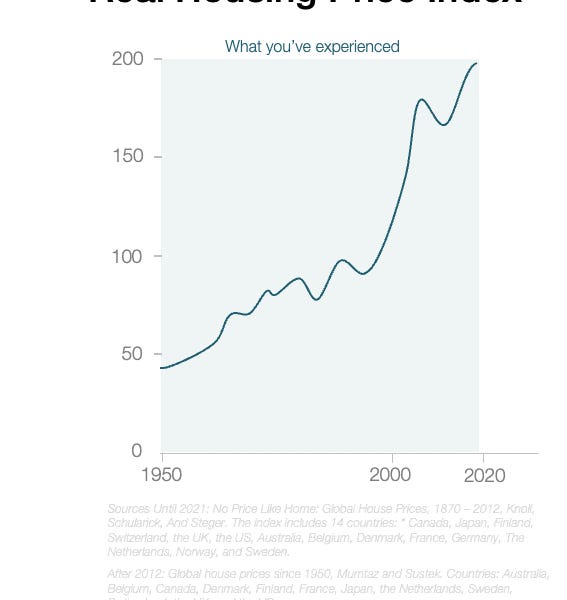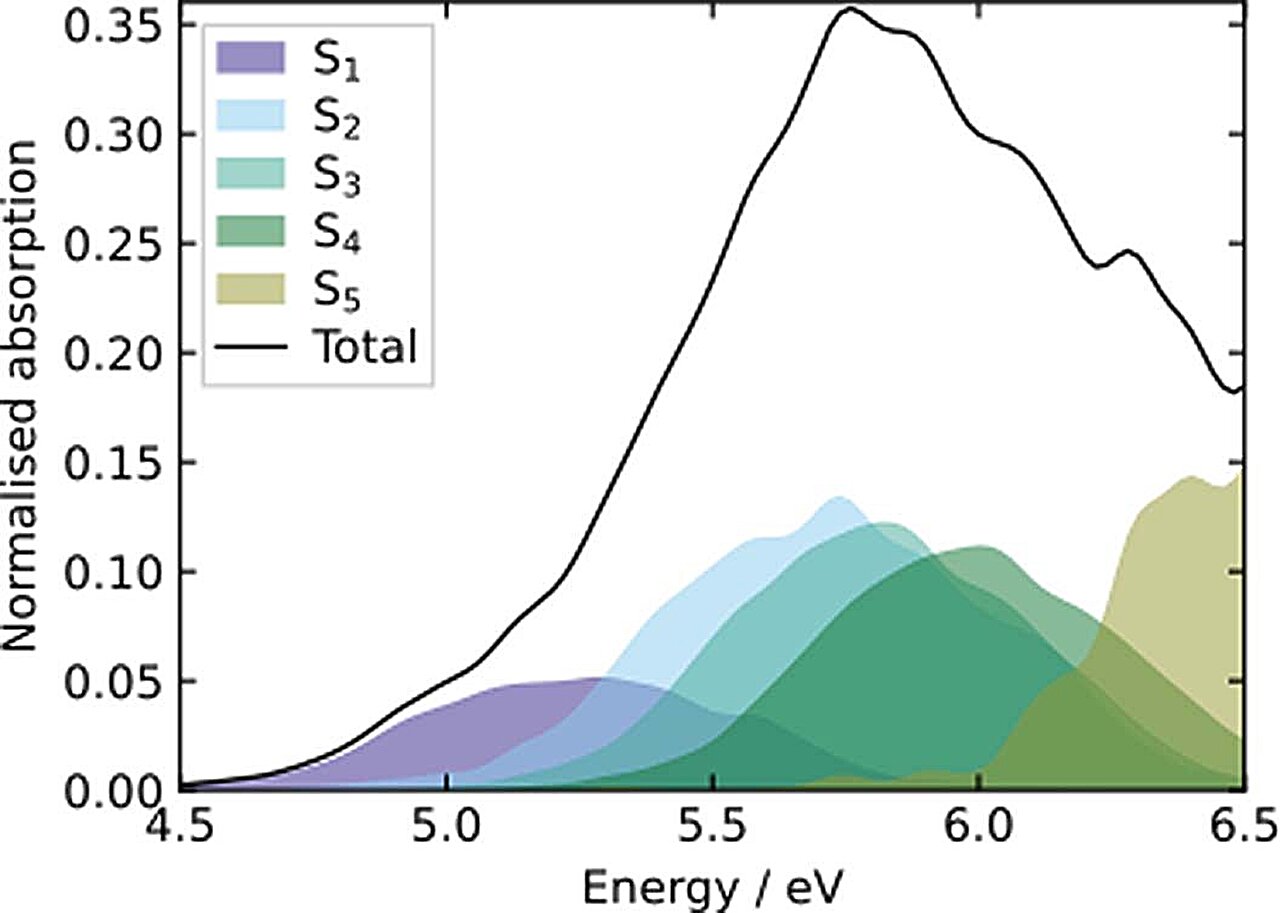
Signadot: Microservice Sandbox Environments
In the past few years, more applications than ever before are being built on the public cloud and as microservices-based applications on Kubernetes. As a result, the nature of applications being developed has changed significantly.
Firstly, applications are composed of increasing numbers of microservices which talk to each other using APIs. Secondly, applications are increasingly composed of heterogeneous components. This includes managed databases, message queues, data warehouses, serverless infrastructure, third party APIs, and so on.
With both of these changes occurring simultaneously, the development and testing process has gotten more complex than the days of the monolith. This has made it necessary to rethink both tooling and processes in order to manage complexity and enable developers to not only move fast but do so with confidence.
With a modern DevOps process, code “travels” through different stages in its journey to production which helps ensure that it is functionally correct, has the right behavior, meets the business needs, is performant under load, etc. This process is what we call the development lifecycle. It is an iterative process involving several feedback loops - some that are automated and some manual involving engineers, product managers and other stakeholders. In the context of microservices-based applications, two considerations that require special attention in the development lifecycle are:


















